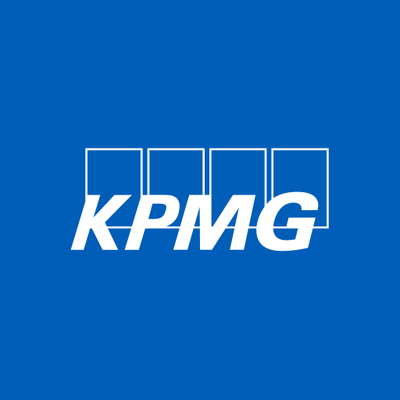Tomorrow’s the big job interview and you need a quick refresher on tips and tricks to set yourself apart from the others. Quickly surfing the internet, you find that there are thousands of articles handing out perfectly crafted answers to the most basic and expected interview questions.
However, there is one answer to a question you can’t simply steal from the internet: The infamous “elevator pitch,” a broader version of the good, old-fashioned “Tell me about yourself.” It’s a basic question commonly mistaken as a slam dunk (after all, you know how to talk about yourself, right?), but it can throw even the best interviewees off their game. You may ask yourself, where do I begin? What is my interviewer looking for in my answer? Thanks to the elevator pitch, you’ll have all your questions (and your interviewer’s) answered, all in one.
First Thing’s First, Remember to Keep It Short ‘n’ Sweet
Because your future employer doesn’t need a history lesson about your past, merely sprinkle the highlights, preferably the ones best representative of your skill set, goals and work ethic.
Introducing the elusive elevator pitch, where you pretend you’re in an elevator with your interviewer and have roughly 30 seconds to leave the best possible impression of yourself before reaching your hypothetical floor.
Just like being on a date, your interviewer wants to know what your intentions are. Are you going to be in it for the long haul or is this all fun and games for you? A good place to start is to articulate your goals in the context of the industry of the job you’re applying for.
Ask yourself, what is it that you’re striving for? Buying a big house one day and sleeping on a pile of cash is not a goal, but a fantasy. A goal is something to be achieved in growing as an individual or a milestone to be reached in order to measure your progress and success. A well-developed goal is one that is specific but reachable and broad enough to guarantee a little wiggle room.
Now that you’re thinking about the point of your elevator pitch, here’s how to break it down in 30 seconds.
Seconds 0-10: So, What’s the Plan?
Once you’ve established your goals, explain your plan of action in 10 seconds. How do you expect to get where you want to go? This is the point in which you display your ideas for the future, driven by your insatiable will to succeed, fueled by the harbored passion already invested in your interest for the industry. What are you doing to make these goals your reality?
Seconds 10-20: Great Ideas, But Why Do We Need You?
In the next 10-15 seconds, explain what exactly makes you crucial to any operation. Why can’t this employer just take your ideas and hire somebody else to execute them? You need to figure out what makes you indispensable to the team. Allow your uniqueness to shine through; what is it that got you here today? As far as I know, you have access to the internet in order to read this article, so you must be doing pretty well.
Second 20-30: Wait, Who Are You Again?
Finally, in your last 5-10 seconds, end with something memorable, something that leaves your interviewer reeling even after the interview is long over and he or she is sitting silently in their dimly lit kitchen over a late night cup of tea.
One of my favorite ways is to leave them with a question or comment centered on genuine interest in the job. A good question would be one that shows your interviewer you’re definitely wanting to excel; it can also make you seem knowledgable regardless of your qualifications.
If you’re lacking experience, for example, a good follow up question when you’re applying to a local government-related position would be, “I have experience collaborating with others and taking leadership roles in social projects through my Rotary volunteer club; would it be difficult to jump right into facilitating policymaking on a larger scale?” It can leave an impression on your interviewer that you are prepared and capable and that you know exactly what you’re talking about.
With this breakdown of the elevator pitch, you’ll be able to confidently paint the picture of yourself, where you’ve been, who are you now and where you’re headed, all with the potential employer in mind, therefore, aligning with what he or she is looking for in a future employee.
Here’s an Example
“I am a [academic year] student at [name of college]. I was involved in set design and costume making for student run play productions in our drama department. I’m really interested in working on more of the creative and administrative sides of technical theater and was set manager for our most recent musical. I love the collaboration and teamwork behind set designing and modeled our last set for [insert production name] after my own grandmother’s living room. Because I’ve worked on these smaller projects in smaller venues, I’m wondering how different the pace is when applying what I’ve already learned to a much larger production, hence why I was so interested in [name of role].”
Feel free to head to the WayUp Guide for more information and examples.
Cheers to never being tongue-tied again.





